
FC 24 Trailblazers Leaks: Every Player Leaked So Far
FC 24 Trailblazers leaks including every player already announced, the new card design, release date and more for the Ultimate Team promotion.
2023-10-12 03:49
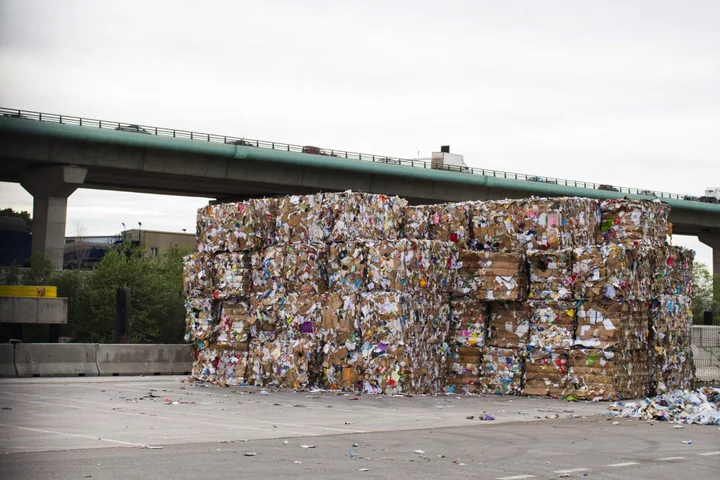
Goldman Executive Has ESG Strategy to Dodge Hedge Fund Attacks
As short sellers target traditional green stocks being hammered by inflation, an executive at the fund management arm
2023-10-12 03:48

Debunking the Newest Titanfall 3 Rumor Trailer
The newest Titanfall 3 rumor trailer is likely not backed by Respawn Entertainment and EA, debunking the global reveal date of Oct. 27.
2023-10-12 03:46
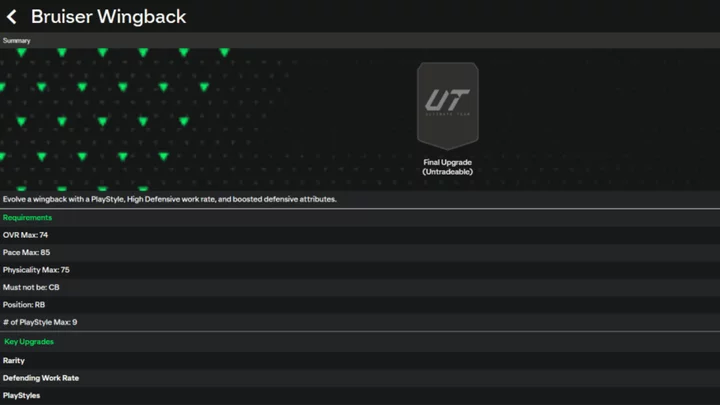
FC 24 Bruiser Wingback Evolution: How to Complete, Best Players to Use
FC 24 Bruiser Wingback Evolution program detailed including challenges and upgrade rewards, the best players we recommend and when the Evolution will expire.
2023-10-12 03:29

When Can I Pre-Load Spider-Man 2?
Find out when you can pre-load Marvel's Spider-Man 2 in this article.
2023-10-12 03:22

Wendy’s Looks to Move Lettuce Into Greenhouses Due to Climate Change
Wendy’s Co. is trying to shift more of its US lettuce supply to greenhouses amid climate change and
2023-10-12 03:22

When Does NBA 2K24 Season 2 Start?
NBA 2K24 Season 2 starts on Friday, Oct. 20 at 11 a.m. ET with new improvements to shooting, dunking, stealing, and more.
2023-10-12 03:21

How Long is Assassin's Creed Mirage?
Here's how long players can expect to spend on Assassin's Creed Mirage based on gameplay style.
2023-10-12 03:15
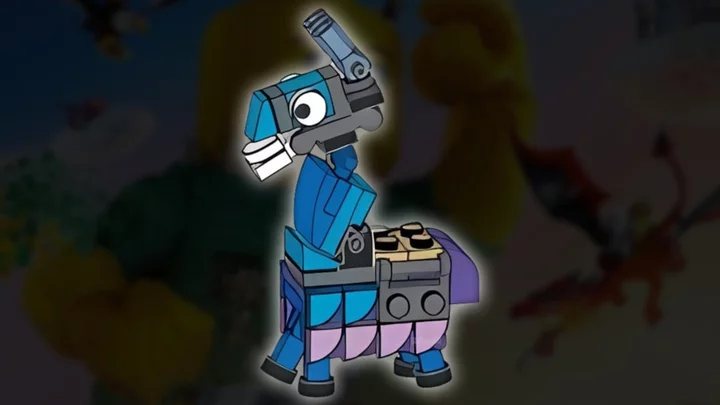
Fortnite LEGO Sets Leaked: Price, Release Date, Sets
Leaked Fortnite LEGO sets reveal a Llama Polygon coming in 2024, giving fans a chance to build iconic features of the Battle Royale in real life.
2023-10-12 02:53
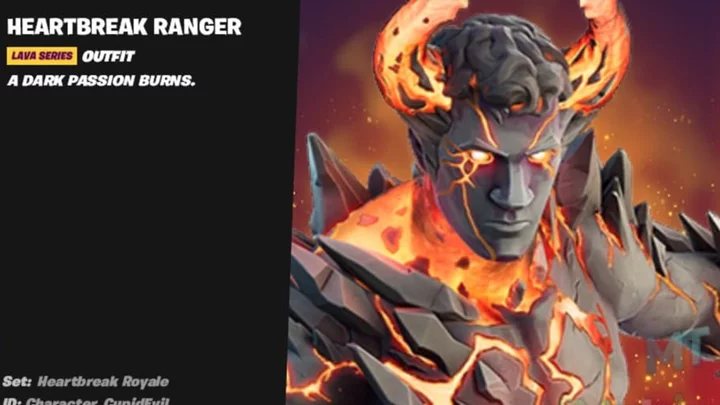
Fortnite Chapter 4 Season 5 Starter Pack Skin Revealed
The Fortnite Chapter 4 Season 5 Starter Pack skin is Heartbreak Ranger and comes with a matching Pickaxe and Back Bling for $3.99.
2023-10-12 02:45
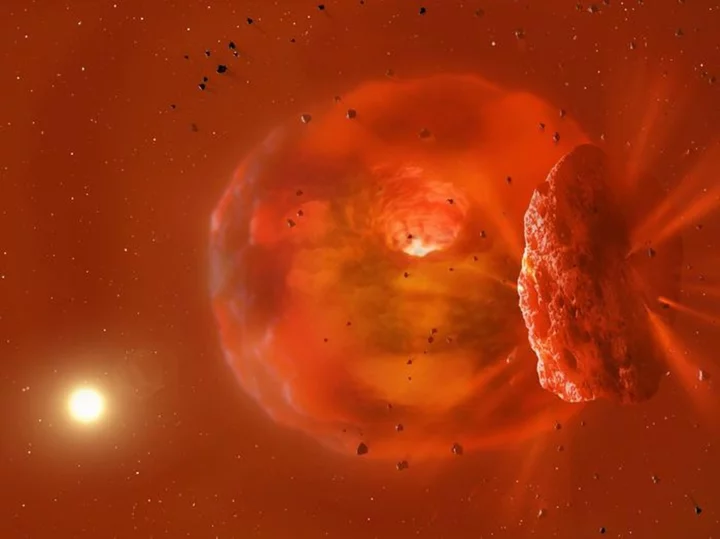
Scientists watch afterglow from two huge planets crashing into each other for first time
Astronomers have seen the “afterglow” of two huge planets crashing into each other for the first time. Scientists watched as the heat and dust that were left behind from the crash swirled in front of their star, allowing them to see the aftermath of the explosion. The incident happened when two ice giant planets collided with each other, around a star like our own Sun. A blaze of light and dust resulted, which could be seen from Earth. Those effects were first spotted by an amateur astronomer social media, who noticed unusual light coming from the star. It had brightened up in infrared – getting lighter at those wavelengths for three years – and then the optical light began fading. Scientists then watched the star in an attempt to understand what was happening. They monitored for further changes at the star, named ASASSN-21qj, to see how the star’s brightness changed. “To be honest, this observation was a complete surprise to me. When we originally shared the visible light curve of this star with other astronomers, we started watching it with a network of other telescopes,” said co- lead author Matthew Kenworthy from Leiden University. “An astronomer on social media pointed out that the star brightened up in the infrared over a thousand days before the optical fading. I knew then this was an unusual event.” Their research suggested that the glow was the heat from the collision, which could be picked up by Nasa’s Neowise mission. Then the optical light began to fade when the dust covered the star, over a period of three years. “Our calculations and computer models indicate the temperature and size of the glowing material, as well as the amount of time the glow has lasted, is consistent with the collision of two ice giant exoplanets,” said co-lead author Simon Lock from the University of Bristol. The dust is then expected to star smearing out. Astronomers hope to confirm their theories by watching as that happens, since it should be visible both from Earth and with Nasa’s James Webb Space Telescope – and they might see that dust begin its journey into something else. It will be fascinating to observe further developments. Ultimately, the mass of material around the remnant may condense to form a retinue of moons that will orbit around this new planet,” said Zoe Leinhardt, from the University of Bristol, who was a co-author on the study. The research is described in a paper, ‘A planetary collision afterglow and transit of the resultant debris cloud’, published in Nature today. Read More 1.2 mile-high ‘dust devil’ spotted on Mars by Nasa’s Perseverance rover Researchers capture first-ever afterglow of huge planetary collision Earth hit by a huge solar storm that would devastate civilisation, trees show
2023-10-12 00:59
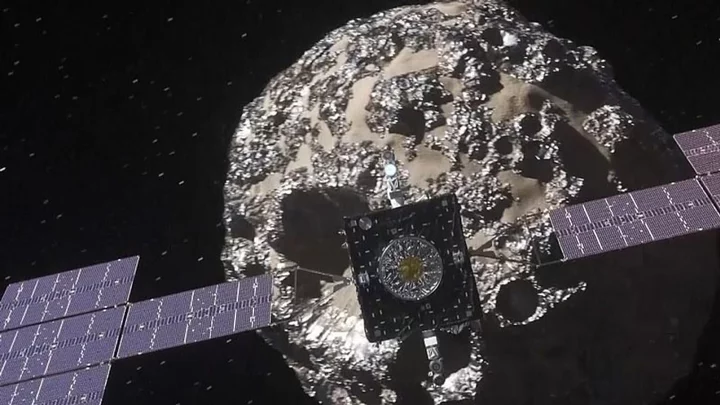
NASA releases first photos and findings from Bennu asteroid sample
NASA has lifted the lid on its first findings about the Bennu sample, one of the "most hazardous known asteroids". The highly-anticipated sample from the OSIRIS-REx’s mission took seven years to complete and finally made a safe landing on Sunday 24 September. Scientists audibly gasped upon opening the capsule. They kept details to a minimum and maintained a slow pace in progress for "good reason," as they received more material than expected. "The abundance of material found when the science canister lid was removed earlier this week has meant that the process of disassembling the TAGSAM (Touch-and-Go Sample Acquisition Mechanism) head – which holds the bulk of material from the asteroid – is off to a methodical start," they said a the time. That was until now... On Wednesday 11 October, the space agency shared details for the first time from NASA experts and the University of Arizona. NASA said there were signs of water and carbon on the sample through hydrated clay minerals that contain carbon. "At nearly 5% carbon by weight, carbon being the central element of life, far exceeding our goal of 60g, this is the biggest carbon-rich asteroid sample ever returned to earth," Administrator Bill Nelson said, adding that it was "exactly the kind of material that we wanted to find." He went on to suggest that "they are going to help us determine the origin of elements that could have led to life" and provide a greater understanding of how to protect Earth from asteroids. Scientists also revealed that the sample contained space dust from asteroid Bennu. NASA showed the audience the sample on a video to protect the sample and to prevent contamination. Speaking about working through a glove box to analyse the sample, Francis McCubbin, astronomical curator at NASA's Johnson Space Centre said: "[It is] "hard, challenging work, and it does not go quickly, but we need to do this right". The samples will be preserved so that "scientists that aren't even born yet are going to have the opportunity to answer questions about our universe with these samples using technology that has not even been invented." Sign up for our free Indy100 weekly newsletter Have your say in our news democracy. Click the upvote icon at the top of the page to help raise this article through the indy100 rankings.
2023-10-12 00:21
